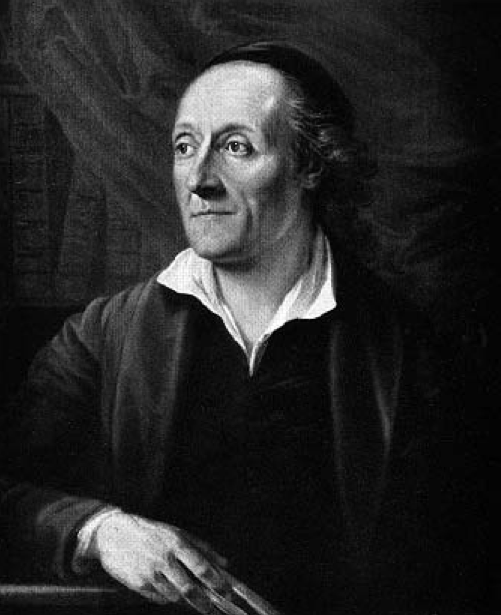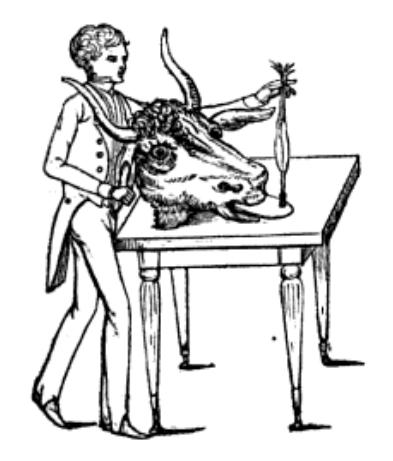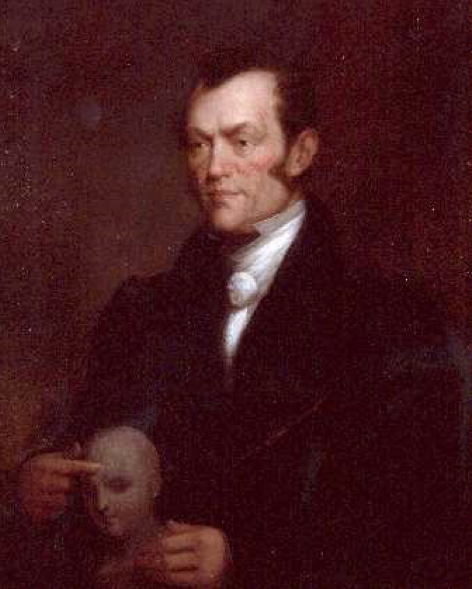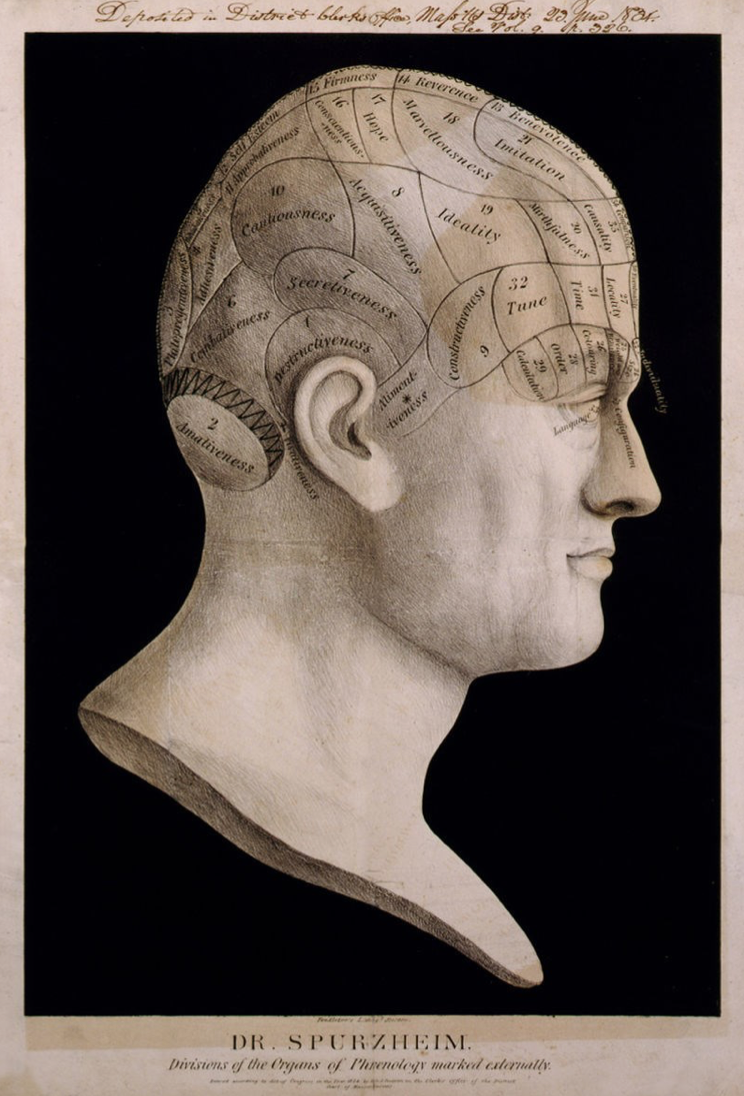Medical History, Mary Shelley, & Frankenstein
Alternative Sciences (Galvanism, physiognomy, & phrenology)

"Before this I was not unacquainted with the more obvious laws of electricity. On this occasion a man of great research in natural philosophy was with us, and excited by this catastrophe, he entered on the explanation of a theory which he had formed on the subject of electricity and galvanism, which was at once new and astonishing to me. All that he said threw greatly into the shade Cornelius Agrippa, Albertus Magnus, and Paracelsus, the lords of my imagination; but by some fatality the overthrow of these men disinclined me to pursue my accustomed studies."
Johann Caspar Lavater (1741-1801), Essai sur la physiognomonie: destiné à faire connoître l'homme & à le faire aimer (1781)

Lavater was born in Zürich, and educated there; he was a poet as well as a physiognomist (a person supposedly able to judge character from facial characteristics). This is a pseudo-scientific analysis of the human face, and all the feelings it is capable of expression. Although this work remains controversial, it is today highly valued for its superb engraved illustrations
Giovanni Aldini (1762-1834), An account of the late improvements in Galvanism (1803)

Aldini’s experiments on executed criminals were important in the later development of cardiac electrostimulation and his successful treatment of melancholy with electricity was a forerunner of modern shock therapy. His most famous public demonstration of the electro-stimulation technique was performed on the executed criminal Forster in London in 1803.
Though Mary Shelley would have been only 5 years old at the time of this particular experiment, in her introduction to the 1831 edition of Frankenstein, she writes "Perhaps a corpse would be re-animated; had given token of such things: perhaps the component parts of a creature might be manufactured, brought together, and endued with vital warmth."
Joseph Carpue (1764-1846), An introduction to electricity and galvanism (1803)

Carpue began his surgical studies at St. George's Hospital in London in 1796 after being educated in France. He achieved a substantial reputation as a teacher and surgeon and was among the early users of electrotherapy. He used Galvanism to treat arthritis, fractures, venereal disease, amenorrhea, cataract, deafness, blindness, tumors, and many other diseases.
Johann Gaspar Spurzheim (1776-1832), Phrenology: or, The doctrine of the mind, and of the relations between its manifestations and the body (1825)


Spurzheim's place in medical history is largely within the realm of pseudoscience. He was a pioneer in the “science” of phrenology, a concept holding that the moral, sexual, and intellectual traits of an individual are linked to corresponding protuberances of the brain which in turn manifest themselves as lumps on the skull. In this book he presents the major tenets of the science, such as the belief that the brain is an "aggregation of organs," including such parts as the "organ of self-esteem," "organ of marvelousness," "organ of ideality," etc. Drawings of appropriately shaped craniums are included to demonstrate the dominance of the various traits and their corresponding protuberances.
©2018 John Martin Rare Book Room, Hardin Library for the Health Sciences, 600 Newton Road, Iowa City, IA 52242-1098. Image: Illustration by Barry Moser from Frankenstein; or, The Modern Prometheus by Mary Shelly (Pennyroyal Press, 1983).